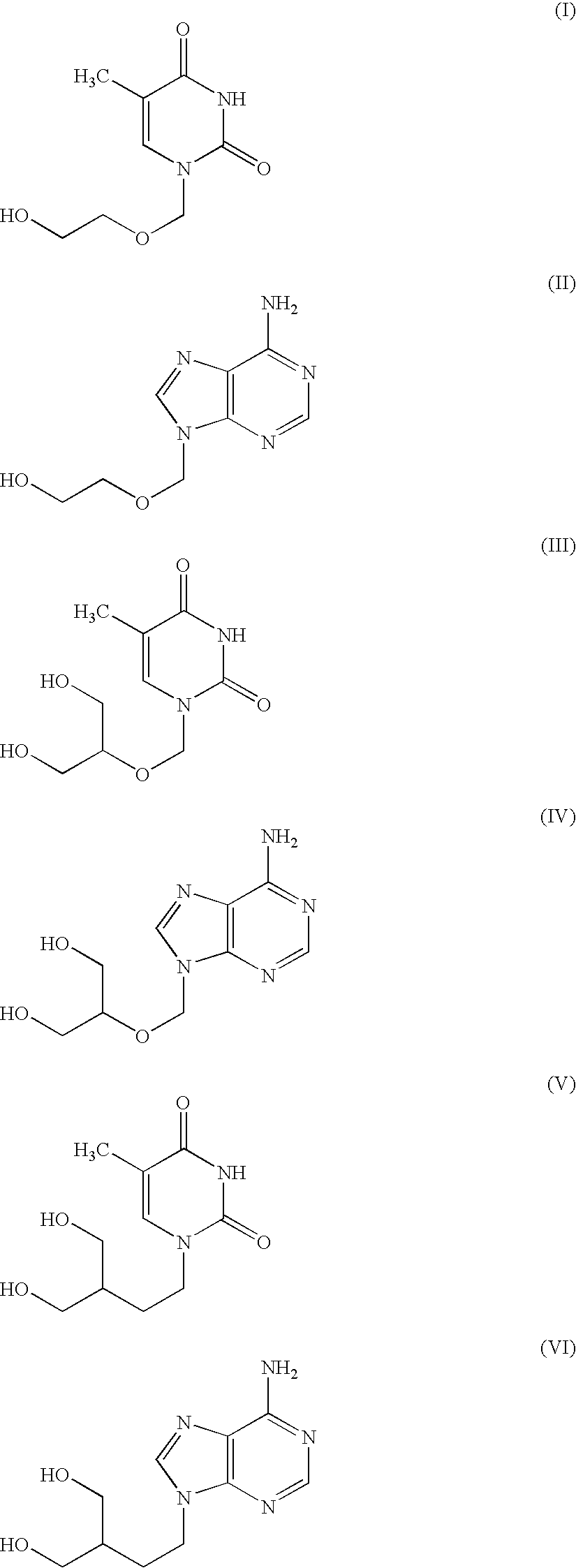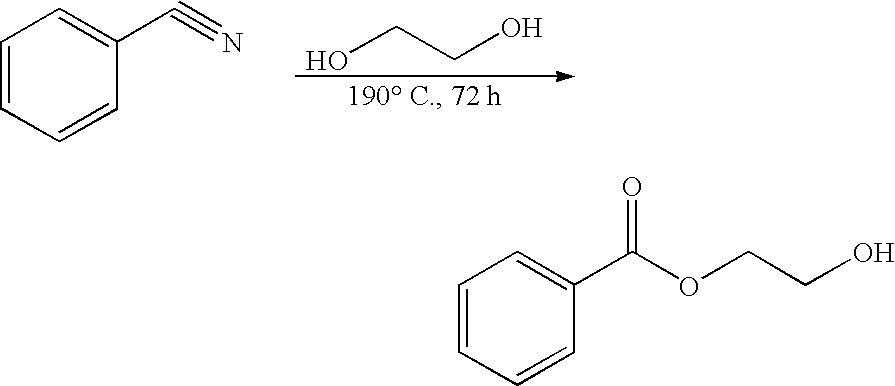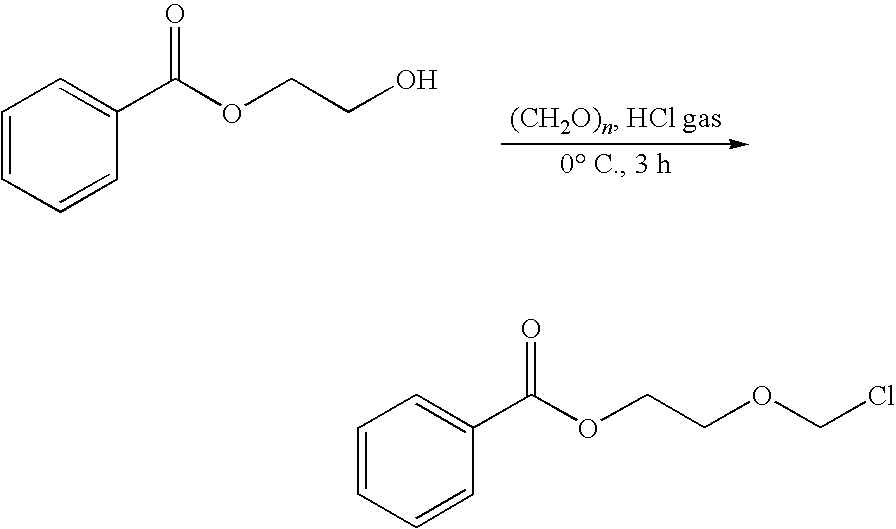Prevention and Treatment of Cancer and Other Diseases
a cancer and other disease technology, applied in the field of cancer therapy, can solve the problems of abnormal cell proliferation, achieve the effects of inhibiting the proliferation of primary tumors, and reducing the potential for systemic toxicity
- Summary
- Abstract
- Description
- Claims
- Application Information
AI Technical Summary
Benefits of technology
Problems solved by technology
Method used
Image
Examples
working examples
[0132]The following working examples are provided to demonstrate preferred embodiments of the invention, but of course, should not be construed as in any way limiting the scope of the present invention. The examples below were carried out using conventional techniques that are well known and routine to those of skill in the art, except where otherwise described in detail Further, it should be appreciated by those of skill in the art that the techniques disclosed in the examples represent techniques found by the inventor to function well in the practice of the invention, and thus can be considered to constitute preferred modes for its practice. However, those of skill in the art should, in light of the present disclosure, appreciate that many changes can be made in the specific embodiments which are disclosed and still obtain a like or similar result without departing from the spirit and scope of the invention.
example 1
Direct Inhibition of Telomerase In Vitro by Triphosphates of Acyclic Nucleosides Analogs
[0133]Biosynthesis and isolation of acyclic analogs triphosphates as described (Agbaria R et al. Biosynthetic ganciclovir triphosphate: its isolation and characterization from ganciclovir-treated herpes simplex thymidine kinase-transduced murine cells. Biochem Biophys Res Commun. 2001, 289:525-30).
[0134]Briefly, 107 U-2 OS cells were incubated for 48 h with 90 mM of ACV, or 45 mM of GCV, or 45 mM of PCV. Cells were washed with PBS and harvested by trypsinisation. After centrifugation the cell pellets were extracted with 60% methanol. The extracts were heated at 95° C. for 2 min following the evaporation under vacuum. Dry pellets were dissolved in 100 μl of PCR grade water.
[0135]Real time TRAP assay using HeLa cells extract was performed as described above. To demonstrate direct inhibition of telomerase by triphosphates of acyclic nucleoside analogs master mix for TRAP assay was supplemented with ...
example 2
Induction of Telomere Shortening, G2 Arrest and Apoptosis in Telomerase Negative Alt Cells and Telomerase Positive Cells
[0137](a) Induction of telomere shortening, G2 arrest and apoptosis in telomerase negative ALT cells after AZT treatment or ganciclovir treatment were carried out as follows:
[0138]To detect L1 specific RNA in two cell lines (U-2 OS and Saos-2 osteosarcomas), reported to maintain telomeres by ALT mechanism, total mRNA was analyzed by dot blotting with an L1 retrotransposon specific probe. The reported telomerase-positive cell lines (HEC-1 and HeLa) were used for comparison. Both ALT cell lines (U-2 OS and Saos-2 osteosarcomas) were positive in this test. HEC-1 cells were completely negative, with only traces of L1 transcripts in HeLa cells, as previously reported.
[0139]The ALT cell lines were treated with therapeutic concentrations of AZT, to determine if slippage telomeric DNA synthesis could be inhibited by AZT-TP, and thereby induce telomere shortening. Telomere ...
PUM
| Property | Measurement | Unit |
|---|---|---|
| Structure | aaaaa | aaaaa |
Abstract
Description
Claims
Application Information
 Login to View More
Login to View More - R&D
- Intellectual Property
- Life Sciences
- Materials
- Tech Scout
- Unparalleled Data Quality
- Higher Quality Content
- 60% Fewer Hallucinations
Browse by: Latest US Patents, China's latest patents, Technical Efficacy Thesaurus, Application Domain, Technology Topic, Popular Technical Reports.
© 2025 PatSnap. All rights reserved.Legal|Privacy policy|Modern Slavery Act Transparency Statement|Sitemap|About US| Contact US: help@patsnap.com



